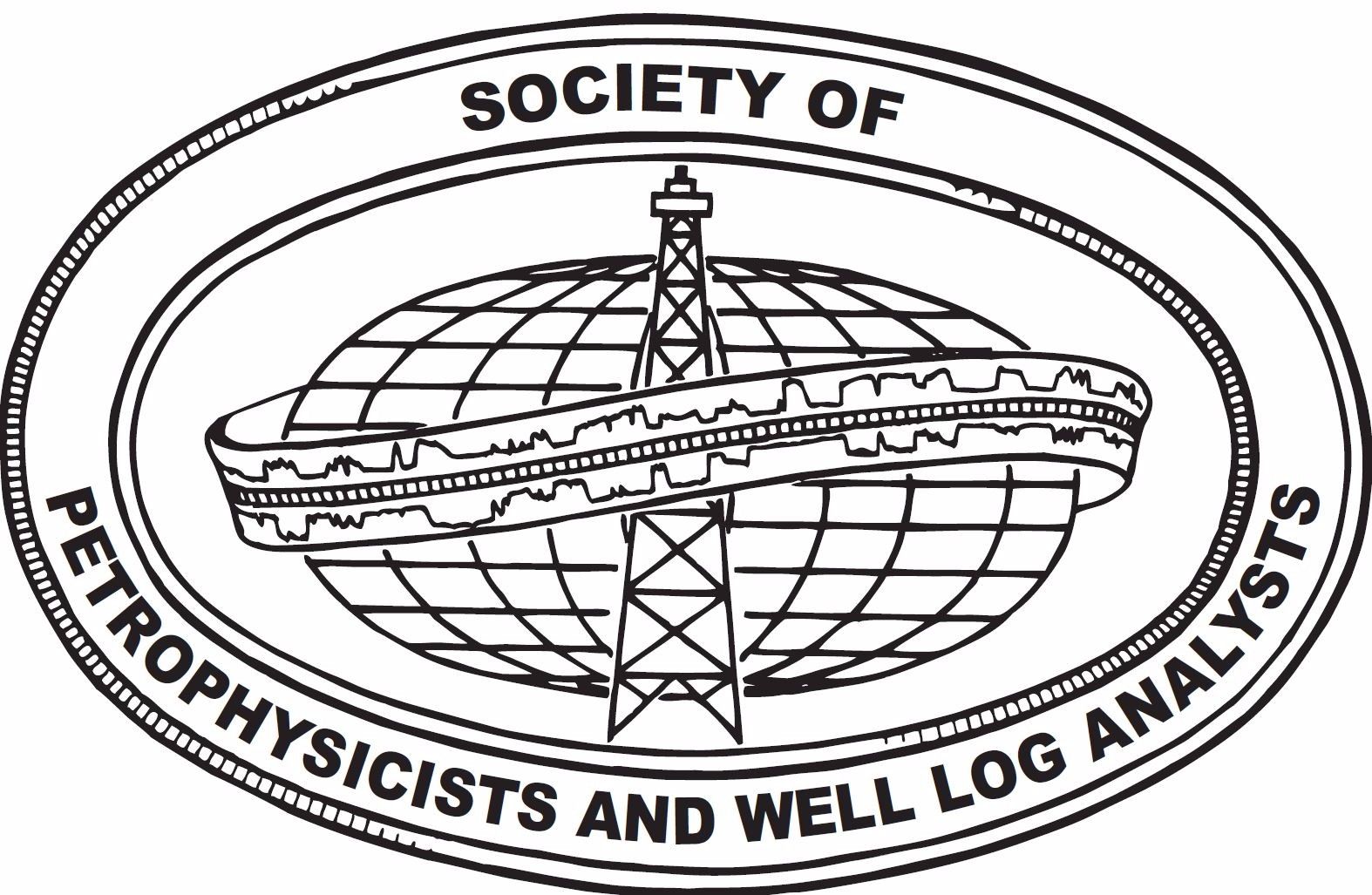Joint Interpretation of NMR and Resistivity Logging Data
OR
About the Courses
SPWLA members, view the course for free!
SPWLA Distinguished Speaker Series. The accurate quantification of fluid volumes is one of the most important tasks for determining the economic value of hydrocarbon reservoirs. Fluid saturation calculation from resistivity logging data has been established for many decades with known benefits and challenges. More recently, the nuclear magnetic resonance (NMR) logging technology has developed as an alternative, robust method for direct fluid volume estimation by separating movable from bound fluids. As today’s reservoirs are becoming more challenging, conventional resistivity logging data evaluation involves increasing difficulties and ambiguities, for instance in complex lithology due to the presence of conductive minerals, low formation water salinity, fractures and vugs, or local variations in water resistivity. NMR logging data processing and interpretation are also not straight-forward in complex carbonates and heavy oil reservoirs, as well as in case of wettability alteration and due to the presence of magnetic minerals. Ambiguities in either of the measurements can be efficaciously addressed by combining data from both logging services. We present a systematic compilation and discussion of main properties affecting resistivity and NMR fluid volume estimations such as Archie parameters and T2 cutoffs. Several log examples illustrate a wide range of reservoir scenarios. In addition to the log interpretation aspect, we also relate the results to their applications ranging from real-time drilling optimization through hydrocarbon-in-place estimates and reservoir modeling input to production and completion decisions.
For more lectures like this, join SPWLA today
Your Instructor

Geoffrey Page studied physics at the Royal College of Science in London. He began his oilfield career as a Dresser Atlas field engineer 36 years ago, moved into Petrophysics in Aberdeen 28 years ago, and is now Region Petrophysical Advisor for Baker Hughes based in Aberdeen. He is a former President of the Aberdeen chapter of the SPWLA (AFES) and was honoured with a “life membership.” He has written and presented many papers over the years, helped organise many of the conferences including SPWLA 2008 in Edinburgh, and in his spare time teaches the Petrophysics course of Aberdeen University’s “Integrated Petroleum Geoscience” MSc course.
Holger Thern is a Technical Lead for NMR research at the Celle Technology Center at Baker Hughes in Germany working with NMR technology for 18 years. Holger earned a B.A. in Physics from the University of Constance and an M.Sc. in Geophysics from the University of Cologne. His work experience includes data interpretation development and technical support for NMR wireline logging applications with Western Atlas in Houston, Texas, and the development of the MagTrak NMR LWD tool in Celle, Germany. Currently he is working on new NMR applications and interpretation methods for both wireline and LWD NMR applications.
